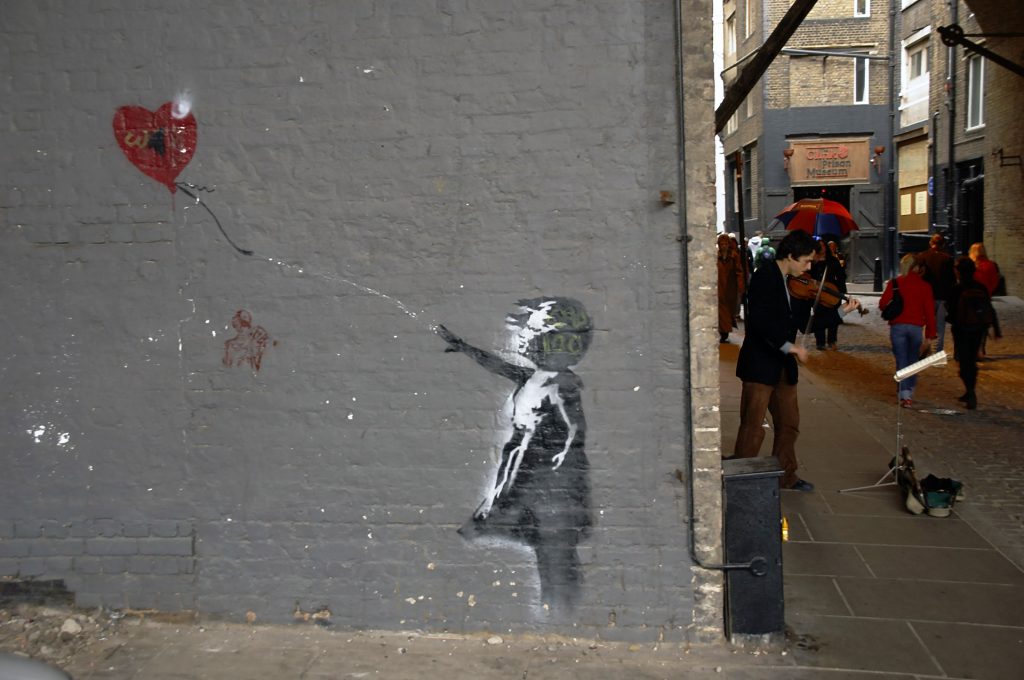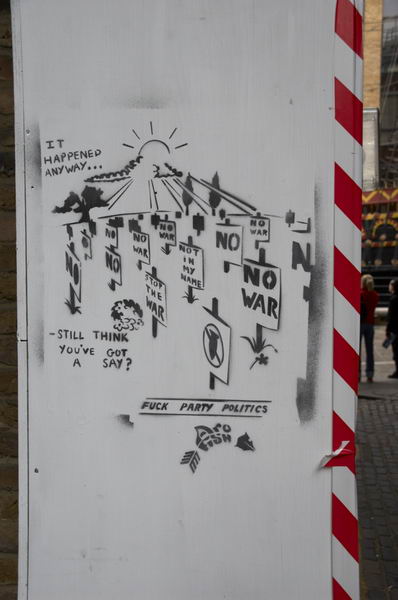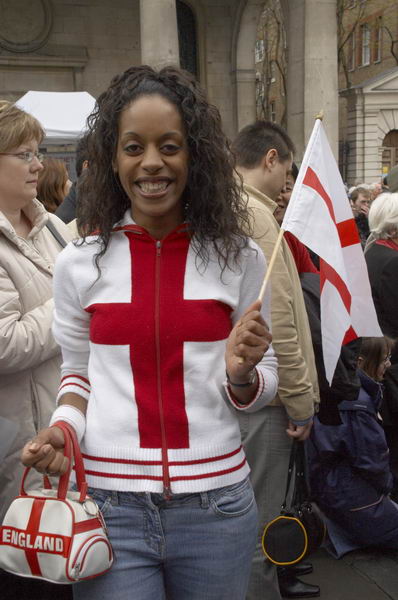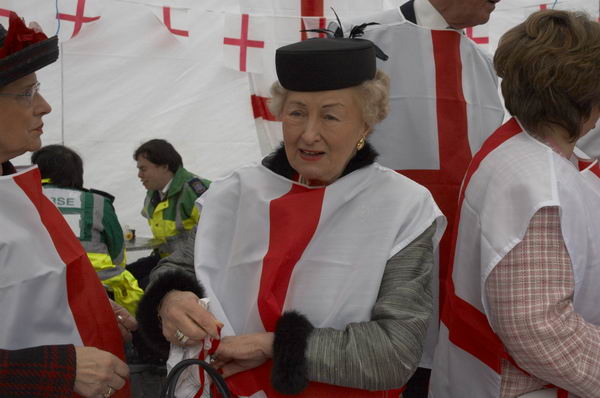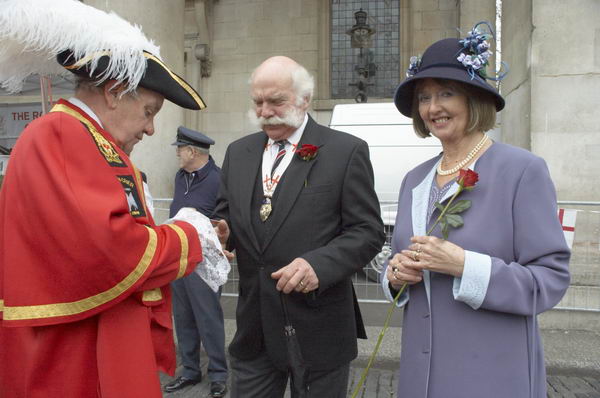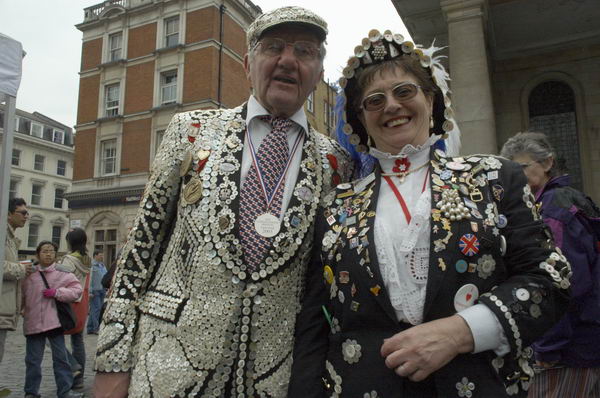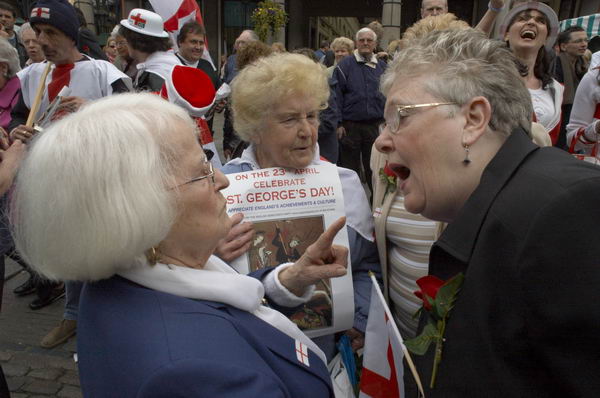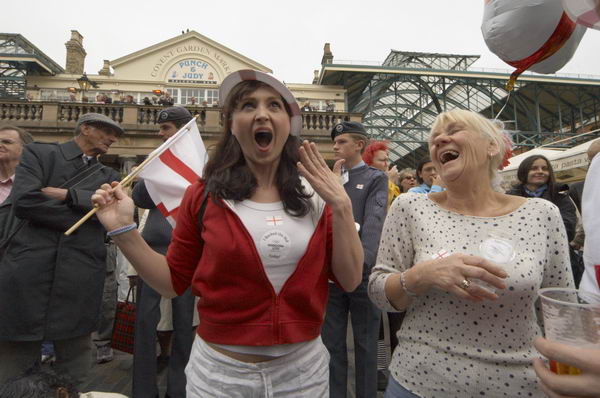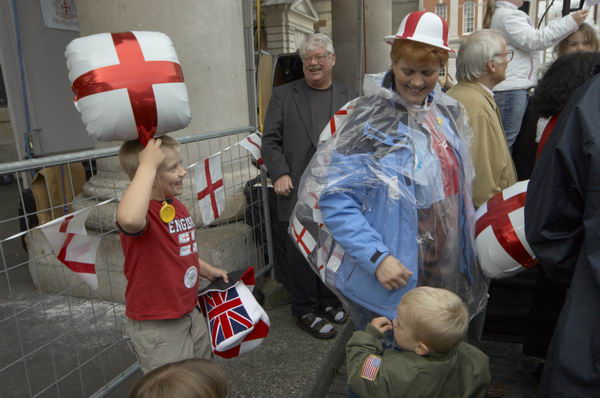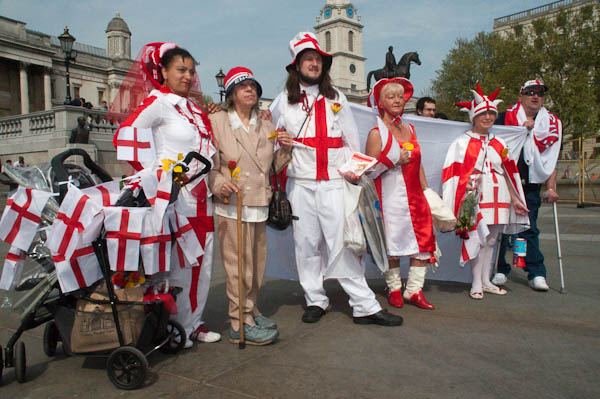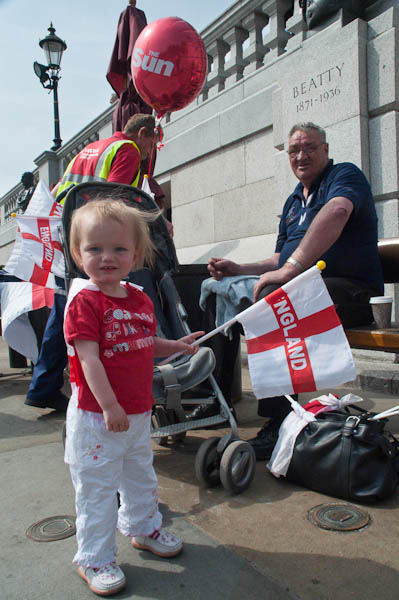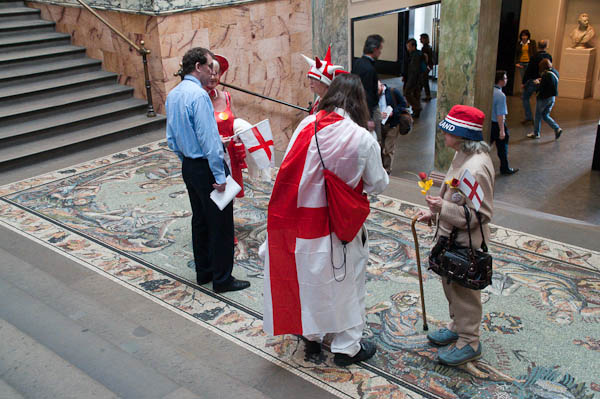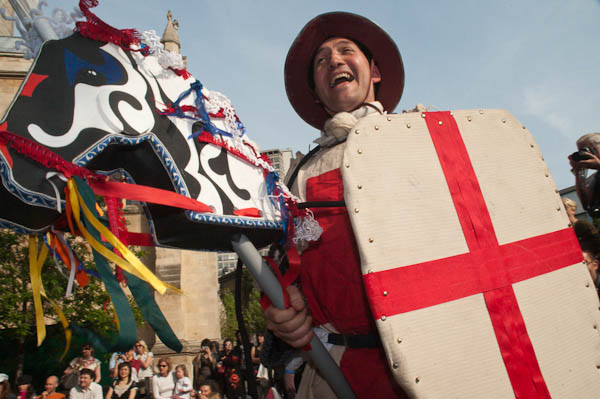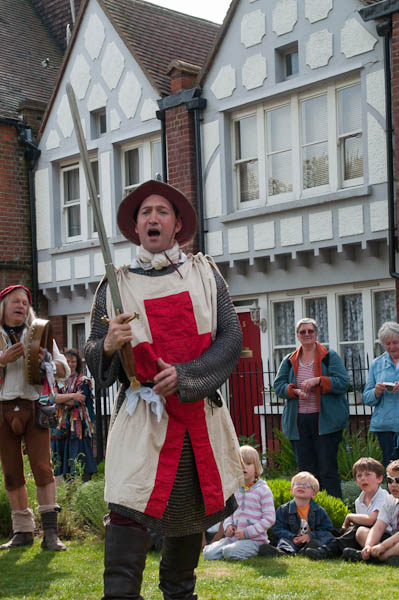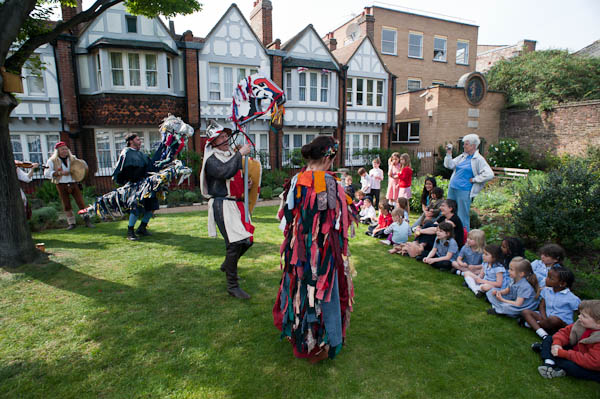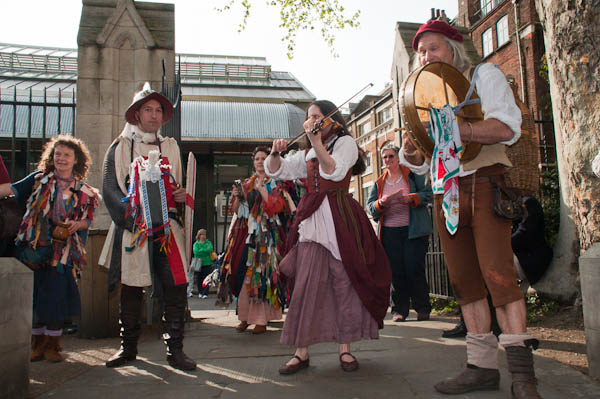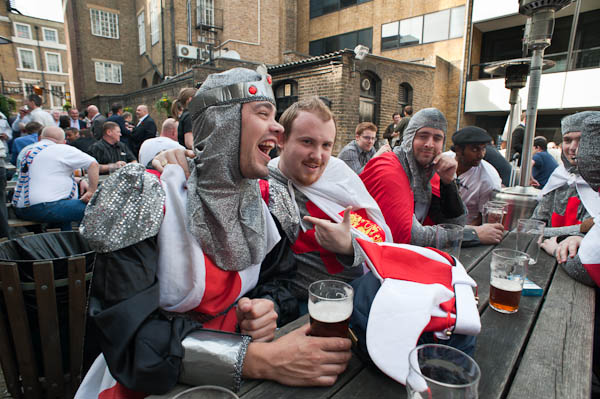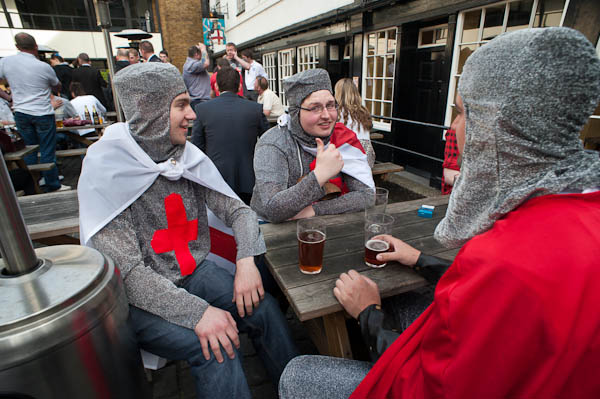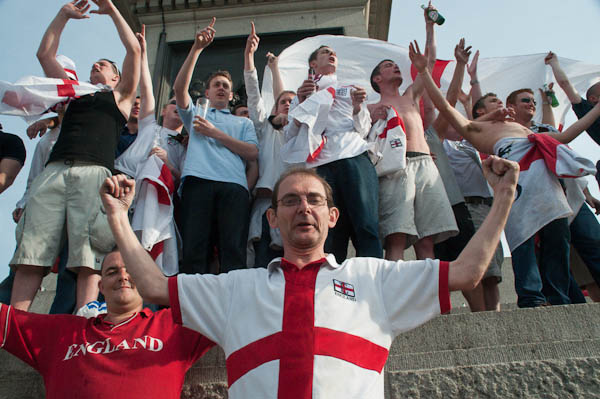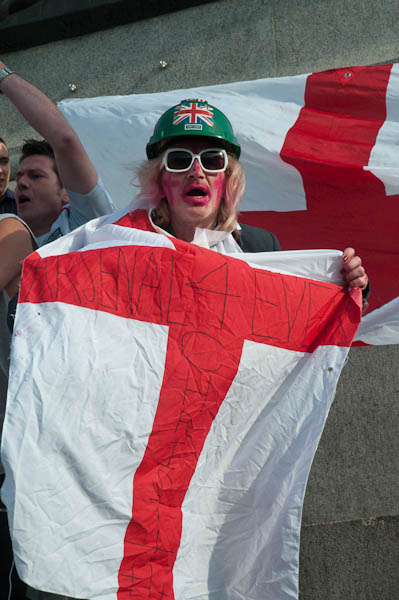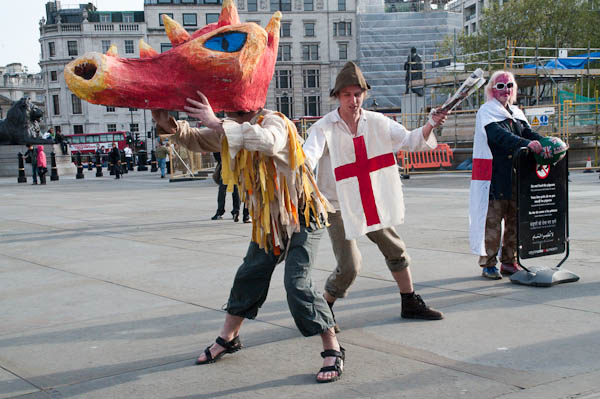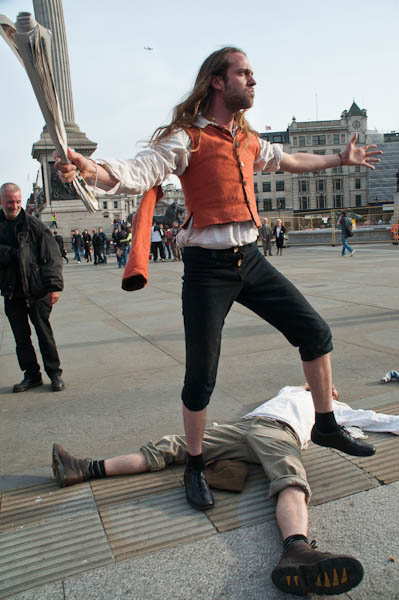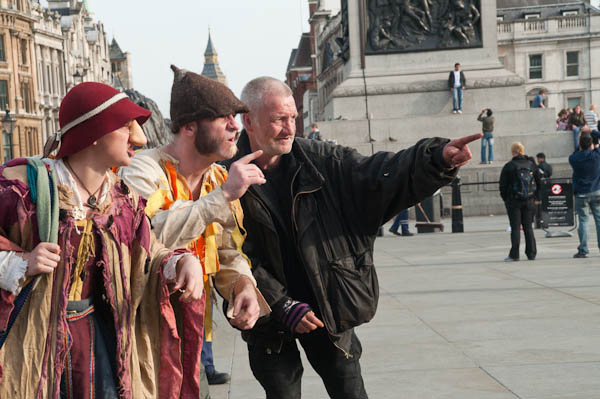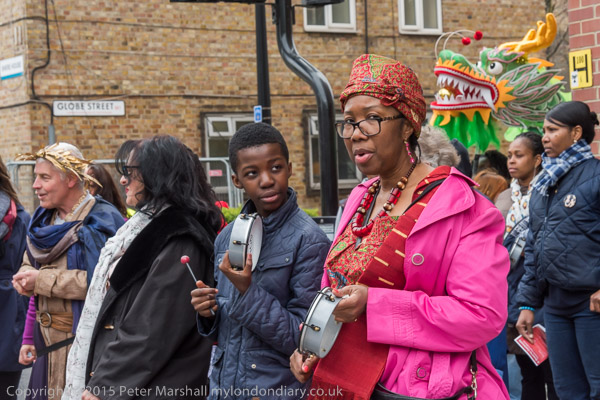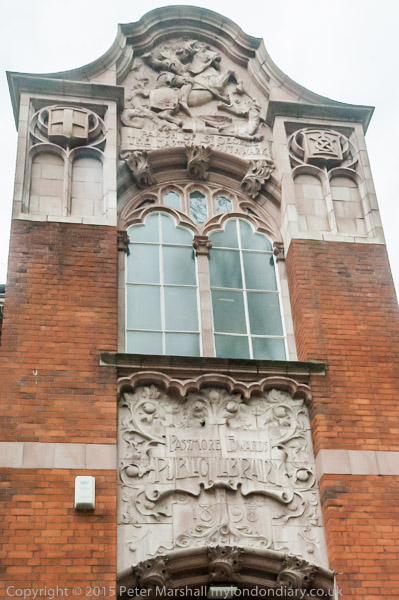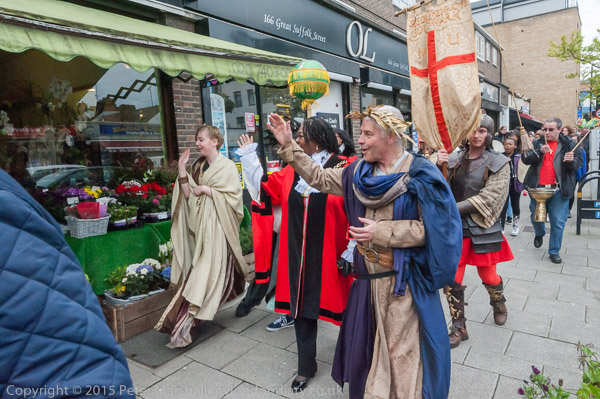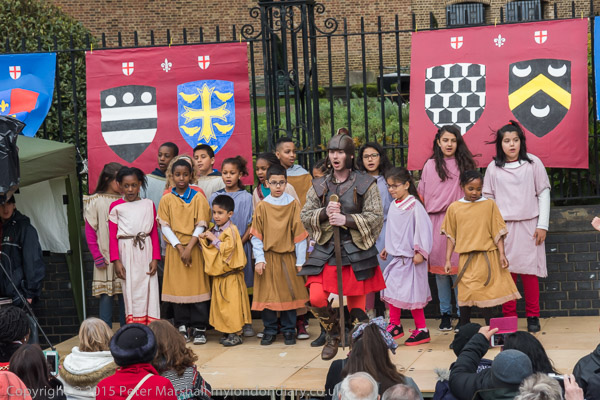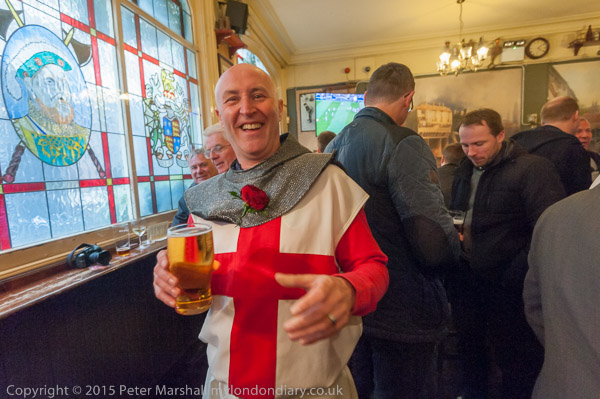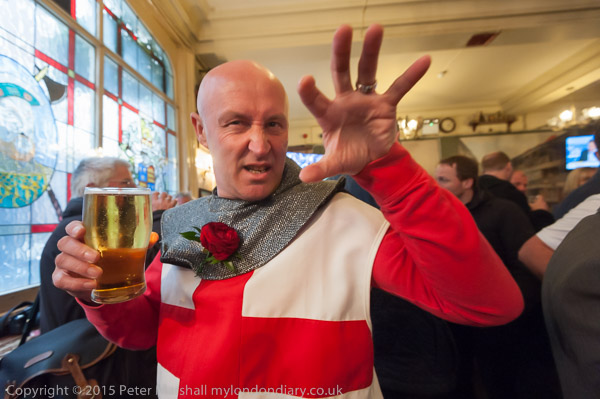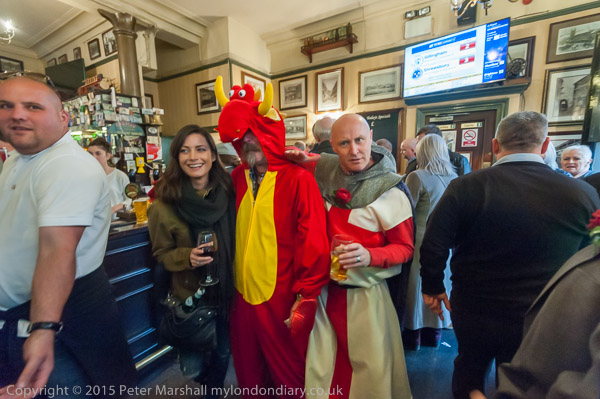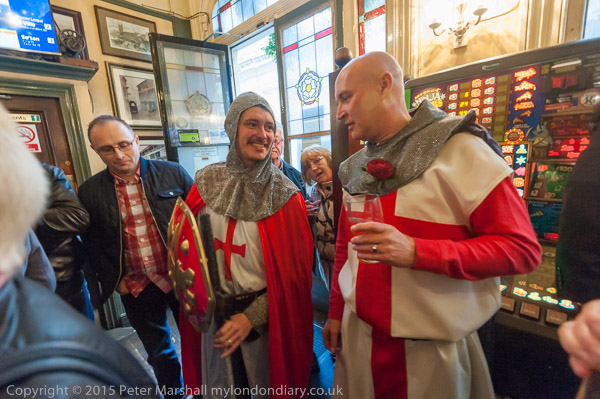Diamonds, Peace & St George: St George’s Day, 23rd April, celebrates the death of this Cappadocian Greek soldier in the Roman Army martyred on this day in AD 303 for refusing to recant his Christian faith. We know little about his life, but can be sure that he never killed a dragon.
As I commented back in 2005, “St George keeps busy as a patron saint of Canada, Catalonia, Georgia, Germany, Greece, Lithuania, Malta, Palestine and Portugal, as well as a number of cities including Moscow and Venice, a whole raft of trades including farmers and soldiers, as well as herpes and syphilis. It’s perhaps surprising he still has time for England, although until recently you would hardly have noticed it in any case.“
It is also at least 23 other national days around the world, a few of which are related to the birth of Shakespeare who was most probably born on April 23, 1564. But I won’t be celebrating National Talk Like Shakespeare Day, World Table Tennis Day, National Cherry Cheesecake Day or any of the rest, though I suppose there is just an outside chance I might dabble with German Beer Day (though I’m more partial to British Bitter, increasingly a rare species, which has its day on June 15th.)
My day began with two protests against the selling of blood diamonds from Sierra Leone at leading London stores, before I went to Trafalgar Square to briefly visit the unimpressive St George’s Day event there. I ate my sandwiches in the Peace Garden at the Imperial War Museum before going to a St George’s Day procession in Southwark from St George’s Cathedral to the church of St George the Martyr, and finally went to a pub in Southwark with a couple of friends where I met and photographed two St Georges.
Sierra Leone Blood Diamonds at Selfridges – Oxford St
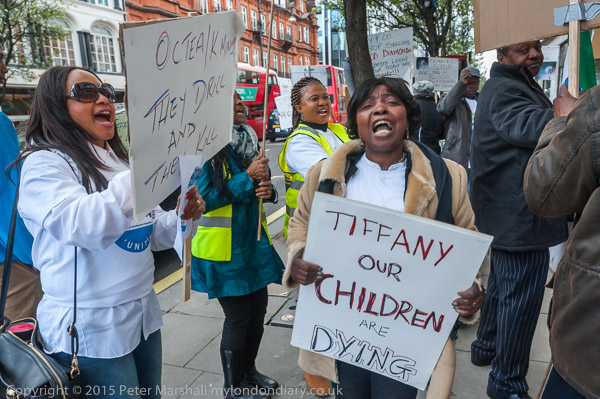
People from the Kono district of Sierra Leone protested at Selfridges on Oxford St as part of a global demonstration against the financial partnership of Tiffany & Co with Octea, the largest diamond mining company in Sierra Leone. They say people in Kono suffer and die because of Octea’s diamond mining.
Octea, wholly owned by Israeli billionaire, Benny Steinmetz is operated by former mercenaries and has been allowed to operate without a licence and tax free. The protesters say it’s operation defies all national and international legal norms and ethics.
Sierra Leone Blood Diamonds at Selfridges
Sierra Leone Blood Diamonds at Tiffanys – Sloane Square
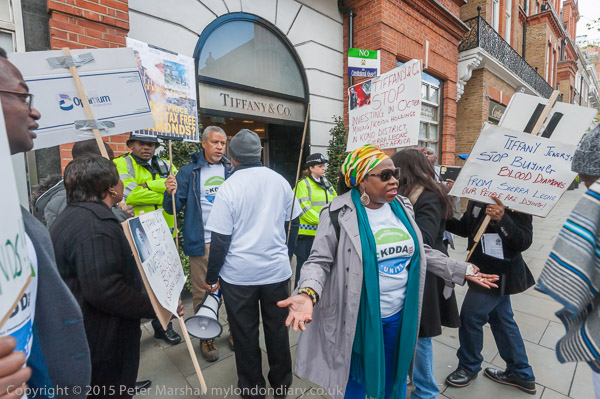
From Selfridges the group went on to Tiffanys. Police told them they could not protest on the wide pavement there but must go across to protest in a pen set aside for them in the square opposite.
After some argument they did so, although there seemed to be no reason other than lessening the impact of the protest for the police to move them. Why UK police should take the side of Tiffany and support illegal diamond mining by Octea that defies all national and international legal norms and ethics is hard to understand.
Sierra Leone Blood Diamonds at Tiffany
St Georges Day in Trafalgar Square

St George was there and you could have your picture taken with a dragon and the square was filled with long tables where you could sit and eat food from the many stalls set up around the edges of the square.

Everyone got handed little St George’s flags, but there seemed to be little going on and little real atmosphere. Perhaps things might have picked up later in the day, but I didn’t feel like returning.
Peace Garden
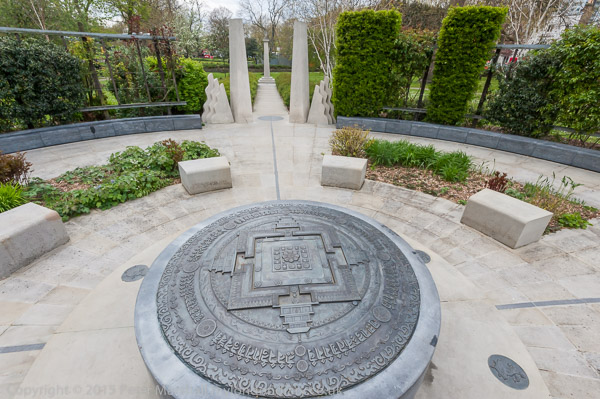
Instead I ate my sandwiches in the Samten Kyil (Garden of Contemplation) in Geraldine Mary Harmsworth Park commissioned by Tibet Foundation, designed by sculptor Hamish Horsley and opened by the Dalai Lama in 1999. A few yards from the Imperial War Museum it was conveniently just across the road from where my next event was to start.
St George in Southwark Procession – St George’s Cathedral to St George the Martyr
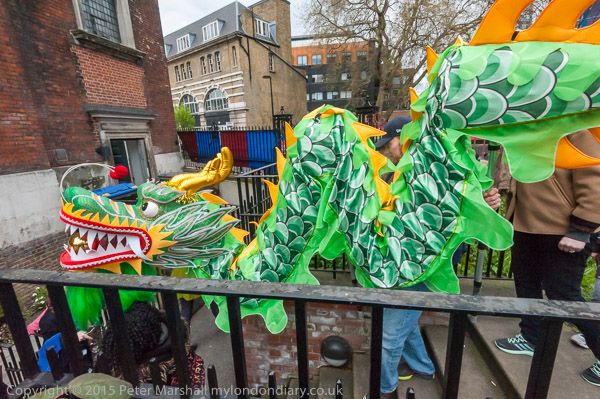
A procession for St George’s Day, led by St George, a Roman Emperor, the Mayor of Southwark and others and with a dragon at its rear made its way from the St George’s RC Cathedral to the Church of England St George the Martyr in Borough High Street. It was a part of ‘A Quest for Community’ with the aim of ‘Taming the dragon of difference’ and was followed by a play outside St George the Martyr telling the true story of St George, a Roman solider from Palestine who chose death rather than give up his Christian faith.
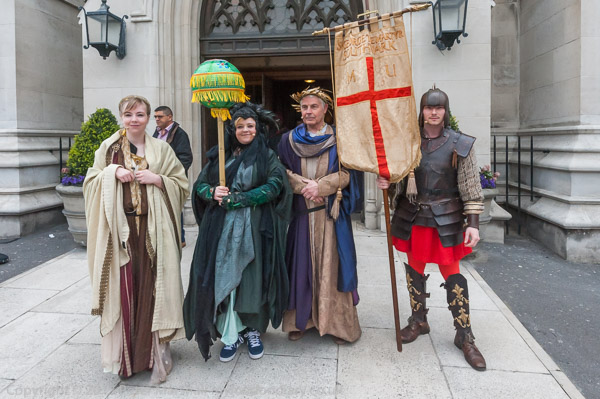
I’d not been inside this building before and we had an interesting tour of the building before the procession. Designed by Augustus Pugin it was gutted by incendiary bombing in 1942, left it with only walls and one chapel standing but was rebuilt to the same plan, finishing in 1958.
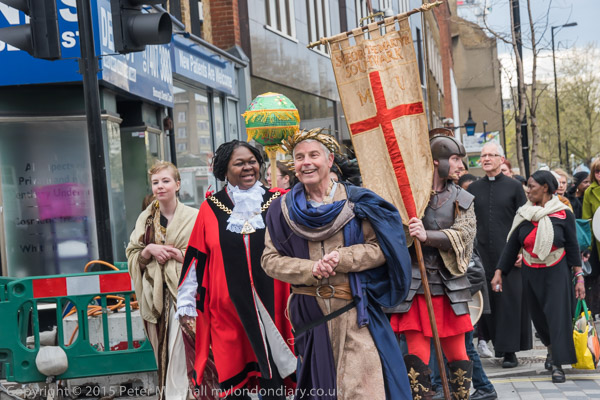
The route was an interesting one and along streets I had previously photographed – and went past the blue plaque where photographer Bert Hardy was born – and I was able to tell the Mayor something about one of Southwark’s more famous.

We arrived rather late at St George the Martyr and I had to leave shortly after the beginning of a play about St George being performed there by local children – possibly something of a relief.
St George in Southwark Procession
St Georges in the Kings Arms – Newcomen Street
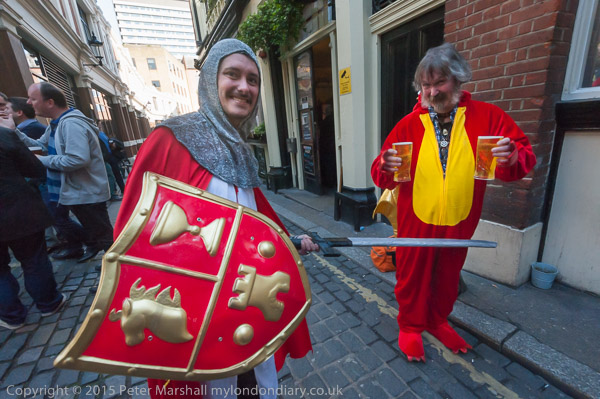
Two of my photographer friends had been going to come to the St George procession, but had apparently been unable to find St George’s Cathedral. Instead we had arranged to meet afterwards at the King’s Arms, a traditional British pub just off Borough High Street.

Among those drinking there were not one but two St George’s and I photographed both of them, one with his fortunately rather friendly dragon.
Pictures at the bottom of the My London Diary page St Georges Day in London.
Flickr – Facebook – My London Diary – Hull Photos – Lea Valley – Paris
London’s Industrial Heritage – London Photos
All photographs on this page are copyright © Peter Marshall.
Contact me to buy prints or licence to reproduce.
